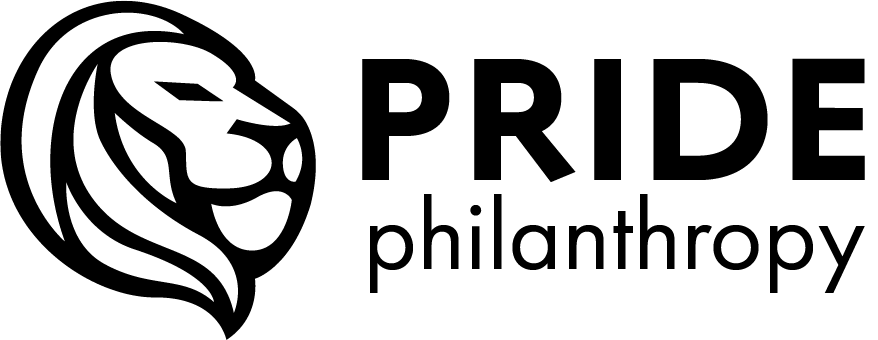Minimal Effort for Maximum Fundraising Impact
Key Takeaways:
Defining Fundraising Efficiency:
Effort: Time invested in fundraising activities.
Impact: Revenue generated to achieve organizational goals.
High-Return Fundraising Strategies:
Major Gifts: Asking for larger donations ($50k+) provides significantly higher returns with similar effort compared to smaller asks.
Recognition and Stewardship: Retaining donors is 5-7x more cost-effective than acquiring new ones. Use stewardship calendars to maintain relationships and aim for an 80%+ donor retention rate for gifts over $250.
Planned Giving: Capitalize on estate gifts, which are often 100x larger than average cash contributions, by cultivating long-term relationships.
Optimizing Fundraising Time:
Prioritize time on major gifts, stewardship, and planned giving.
Conduct regular assessments to identify low-value activities and reallocate efforts toward top revenue drivers.
Practical Tips for Implementation:
Build a structured approach for prospect research, outreach, and donor engagement.
Streamline event planning, grant writing, and administrative tasks to focus on high-impact fundraising activities.
Invest in training to enhance skills and stay updated on fundraising trends.

